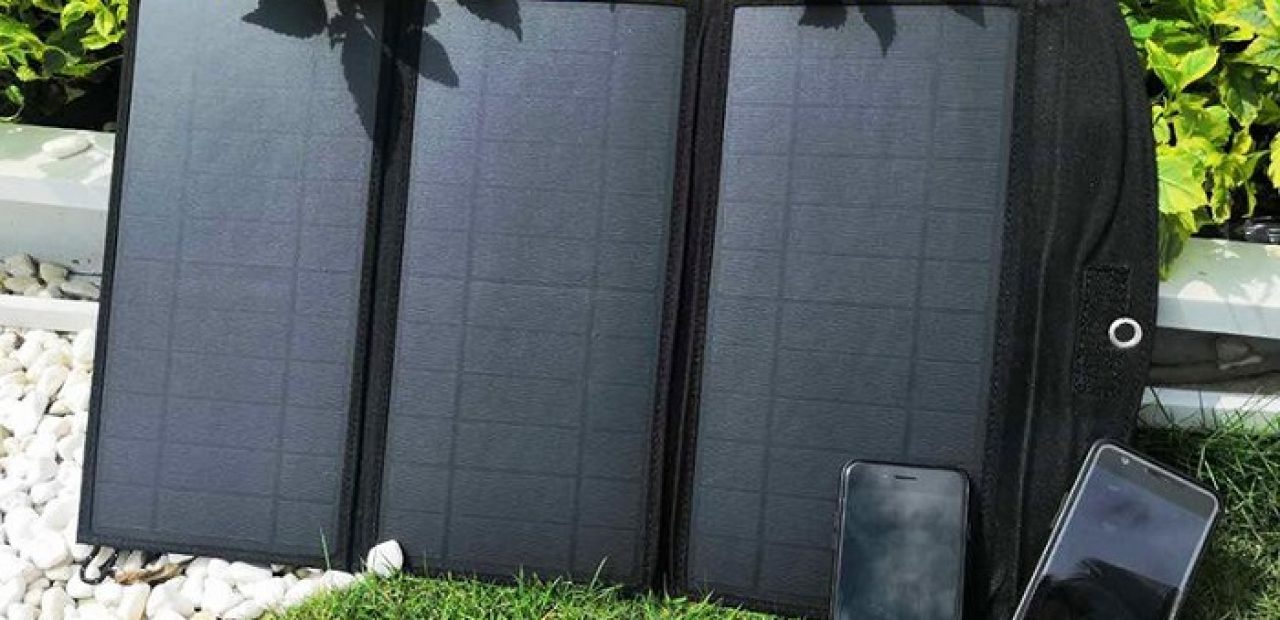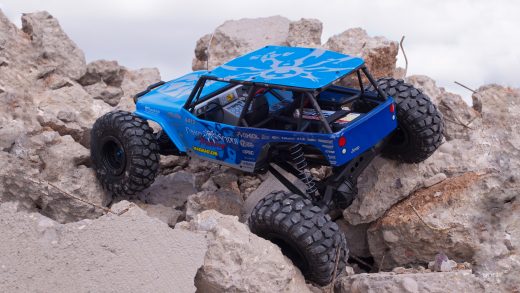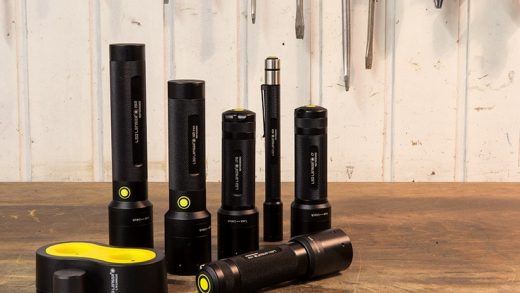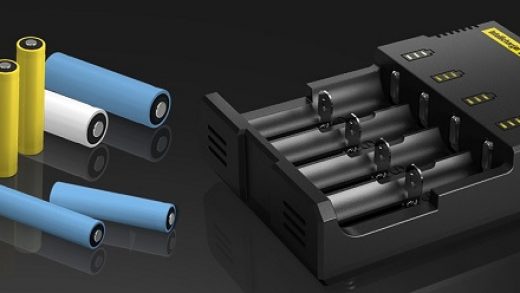Bring Your Camping Experience to a Different Level with Solar Panel Blankets
In the world of today, more and more people are switching to using sustainable energy sources, so it is no wonder that a lot of environmentally-friendly gadgets have appeared on the market. So, besides rating gadgets and appliances how environmentally friendly they are, their energy efficiency is also considered. This is an especially hot topic among campers, hikers and motorhome owners. When you are off the grid, everything needs to work on as little power as possible. LEDs are much preferred over halogen bulbs and portable fridges are also becoming more and more commonly used.
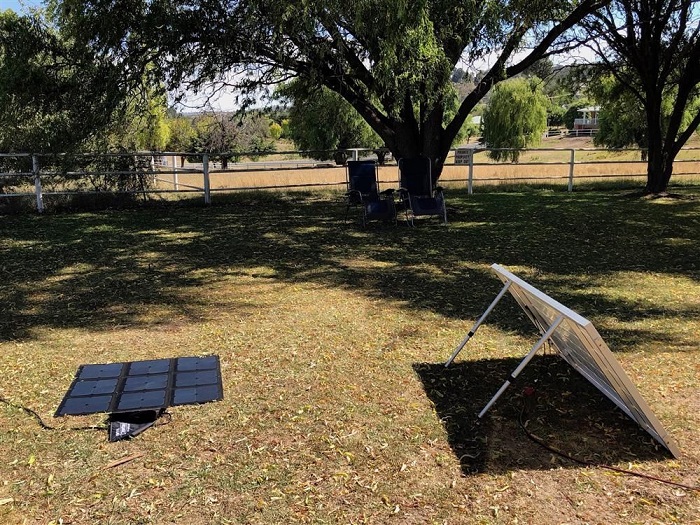
Campers will be happy to hear that they can enjoy more comfort and convenience on their next camping adventures thanks to solar panel blankets. They may even manage to convince their mates who are less inclined to go off-grid to join them on their camping trips.
Contents
What Are Portable Solar Blankets and How Do They Work?
Solar blankets work in the same way as every solar energy system does: by converting light into electricity. The sun radiates photons which are absorbed by the panels and used to produce energy. The panels are made of semiconducting material, such as monocrystalline silicon, polycrystalline silicon or amorphous silicon. A semiconductor is a material that has the ability to conduct electricity, but not fully. Conductors allow electricity to pass through them, whereas insulators don’t. A semiconductor is something in between. When sunlight is absorbed in the panels, the electrons are knocked free from the atoms and thus electricity is created. This electric flow is then directed to the wires and used to power your appliances.
Which Type of Solar Panel Blanket Should You Choose?
As I mentioned, there are three types of cells used in a panel blanket: monocrystalline cells, polycrystalline cells or amorphous cells.
Amorphous panels are the cheapest and can work in less than perfect light conditions. However, they are also the least efficient in creating energy. This means that you would need a larger surface to produce the same energy compared to crystalline panels. They are around 7-10% efficient at light conversion and they degrade over time. In comparison, crystalline panels have a light conversion efficiency of 12-15%.
Polycrystalline panels are more efficient than amorphous panels, though not as efficient as monocrystalline panels. While monocrystalline panels are the most expensive, they, at the same time, make for the most efficient solar panel blankets. If you compare three same sized blankets of each type, you will find that the monocrystalline has produced the most energy.
Crystalline panels also don’t degrade as much as amorphous ones do and only lose about 5% of their efficiency, while amorphous panels lose upwards of 15% of their efficiency.
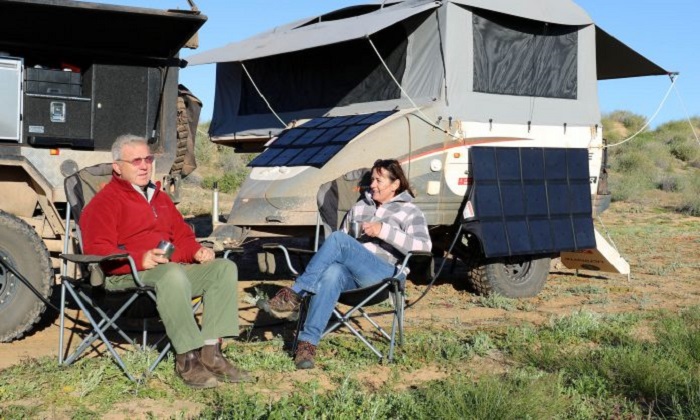
What Are the Benefits of Using Solar Panel Blankets When Camping?
First and foremost, the main benefit is that solar panels are sustainable and environmentally-friendly. You will be basically harnessing sunlight to power your devices, which is one of the greenest energy sources out there.
Another benefit is that you will be cutting down your costs and widening your options. You will have a variety of camping sites to choose from – whether they are off-grid or powered. Choosing an off-gird site also means that you will avoid paying fees for camping at powered sites.
Using a camping solar blanket is also convenient. You will be able to power a portable fridge, which enables you to bring different types of drinks and food. You won’t be stuck with bland canned food. And you won’t need to leave your phones and laptops at home, so the entertainment part will be taken care of. In addition, this allows you to go on a longer camping trip.
You also won’t need to worry about whether your flashlights or camping lanterns will have enough battery for the duration of your trip. Though, a word of advice: always choose LED camping lights as they are the most energy-efficient light source.
Portable solar blankets are also lightweight and easy to carry. Whether you are camping with a backpack or a caravan – they won’t take up much space and can usually be folded in a carry-on bag.
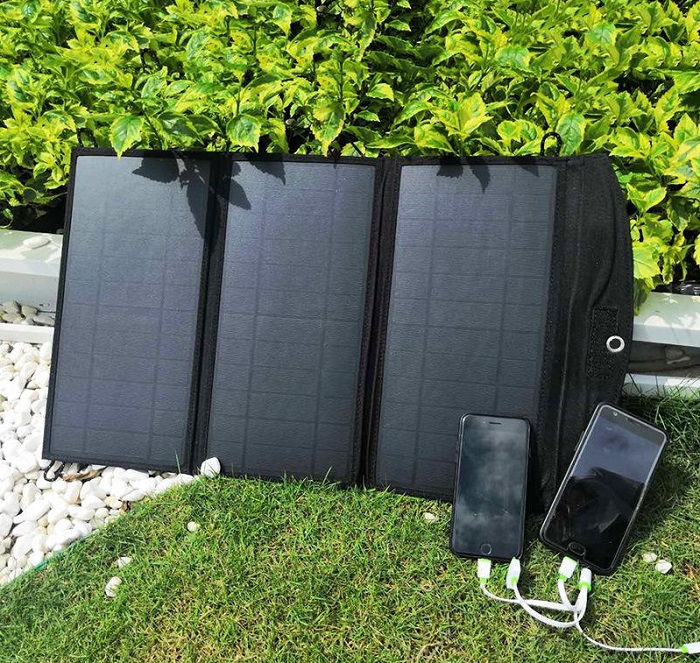
How to Set Up Your Solar Panel Blanket to Maximize the Generated Power?
To get the most energy out of your camping solar blanket, always set it up to be perpendicular to the sun, or at an angle of 90°. If you are camping with a vehicle, you can set it up at the roof of your caravan or car. You should also make sure that the blanket has straps that allow you to attach it to your car or another object.
You can also place the panel blanket on the ground. However, make sure there isn’t a lot of dust gathered on the panels as that may reduce the panel’s efficiency. If your solar panel blanket is placed on the ground and is gathering a lot of dirt and dust, wipe it off with a non-abrasive cloth.
The Australian Bureau of Meteorology has a helpful map portraying the average daily sunshine hours across Australia, so you can check out the map for more info when choosing your next camping site.

